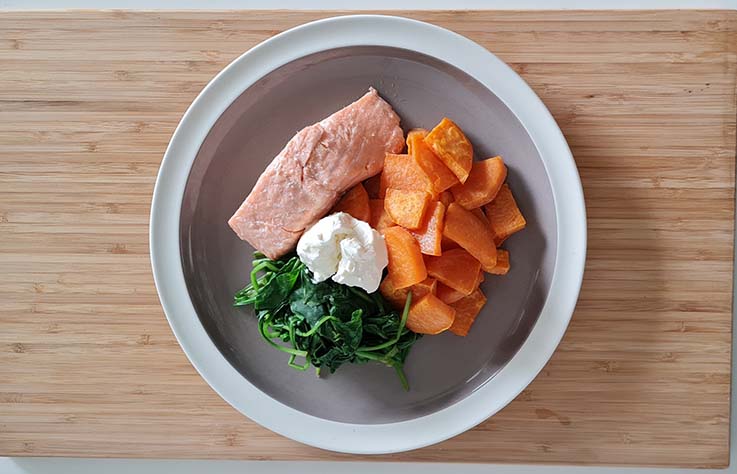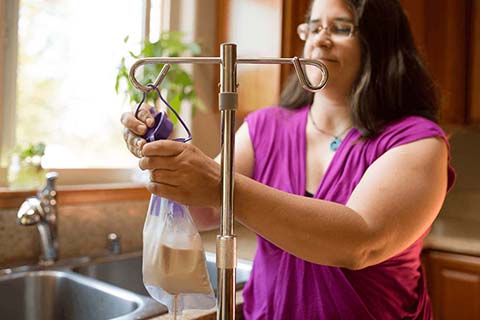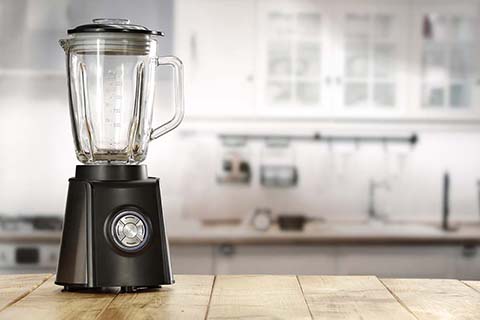You might also like

Navigating tube feeding together: Let’s talk about navigating tube feeding and family life
Balancing family life while managing tube feeding comes with its unique challenges and triumphs...
Read More
Creamy Salmon with Spinach and Sweet Potatoes
Light dish, high in protein and healthy fats…
Read More

Lorenza & Eliza
Lorenza shares a personal insight into her journey with her daughter Eliza....
Read More
So, You’re Thinking About A Blended Diet
10 things you need to know about blended diets from registered dietitians…
Read MoreJoin Our Community
* Required
